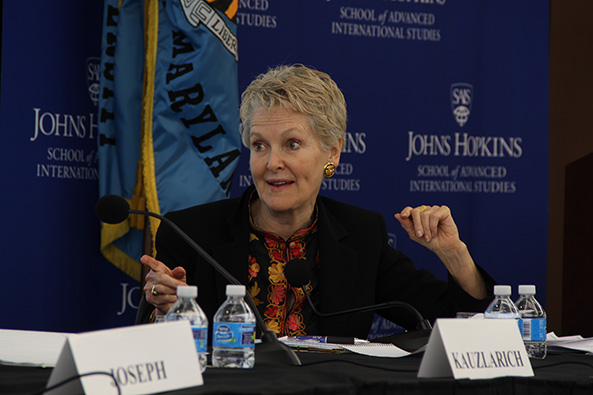 It is that time of year again, when I present the Case Law Review at the Annual Family Law Professional Collaborative Conference. And, after each conference I provide my case law review to those who may be interested in how family law has developed over the last year.
It is that time of year again, when I present the Case Law Review at the Annual Family Law Professional Collaborative Conference. And, after each conference I provide my case law review to those who may be interested in how family law has developed over the last year.
This year one important development is the approval of Collaborative Law Rules of Procedure. With the approval of these rules, the Collaborative Law Act goes into effect.
In addition, there were a number of significant cases decided over the past 12 months. One that I found particularly interesting is the Rosaler v. Rosaler case, in which the Wife spent almost one million dollars for her attorneys, accountants, Guardian Ad Litem and costs. If ever there was a case that showed the benefits of a collaborative approach to divorce, this case is it.
You can find the complete case law review HERE




